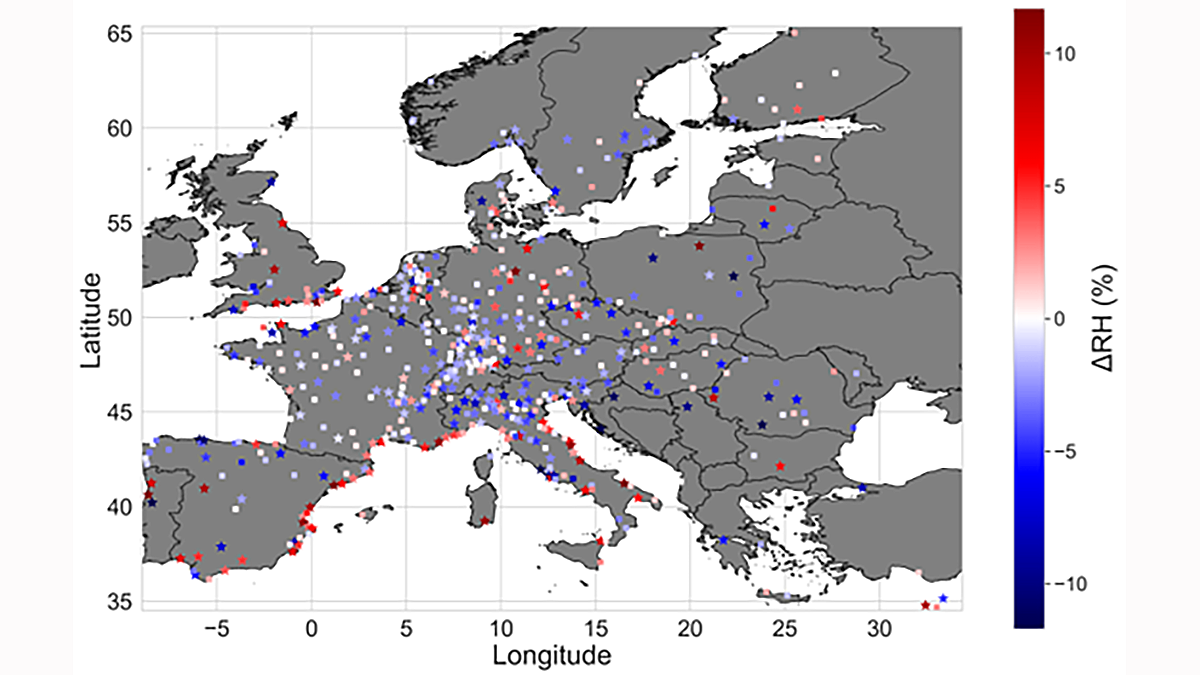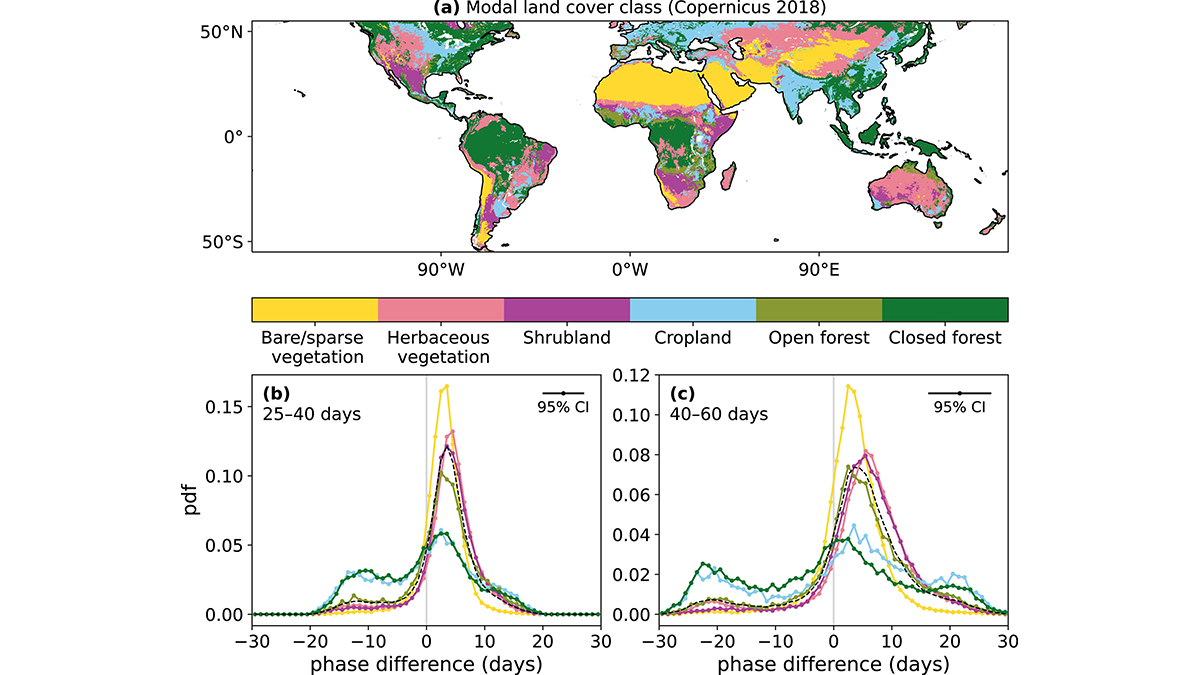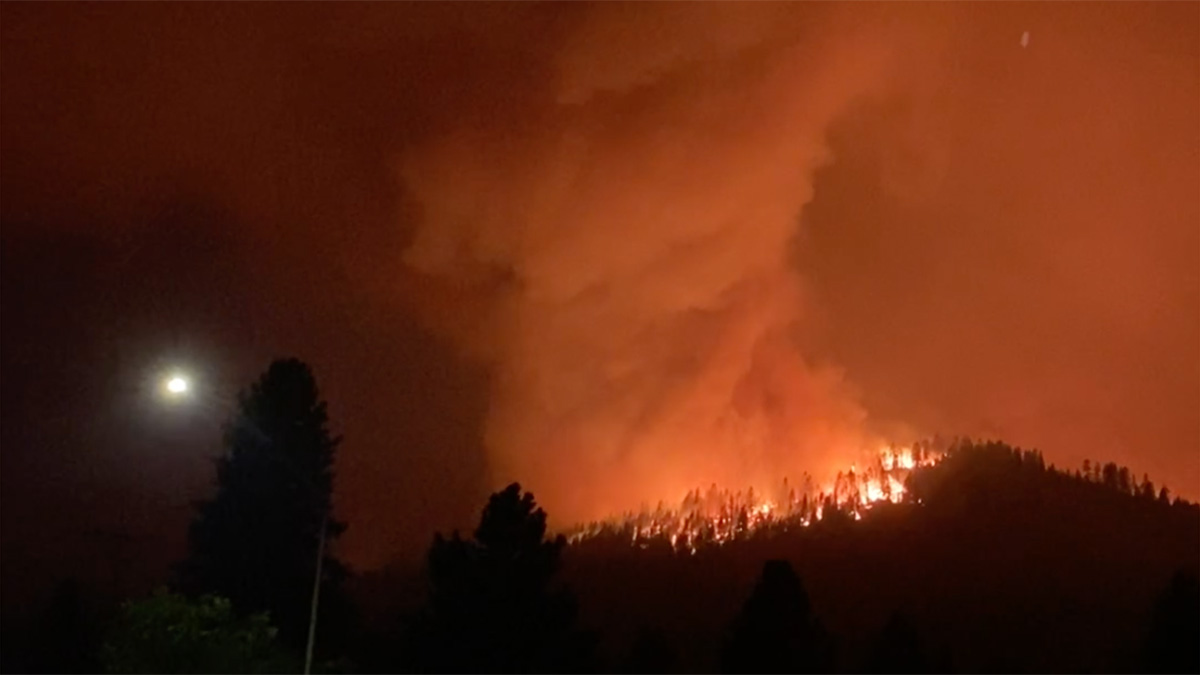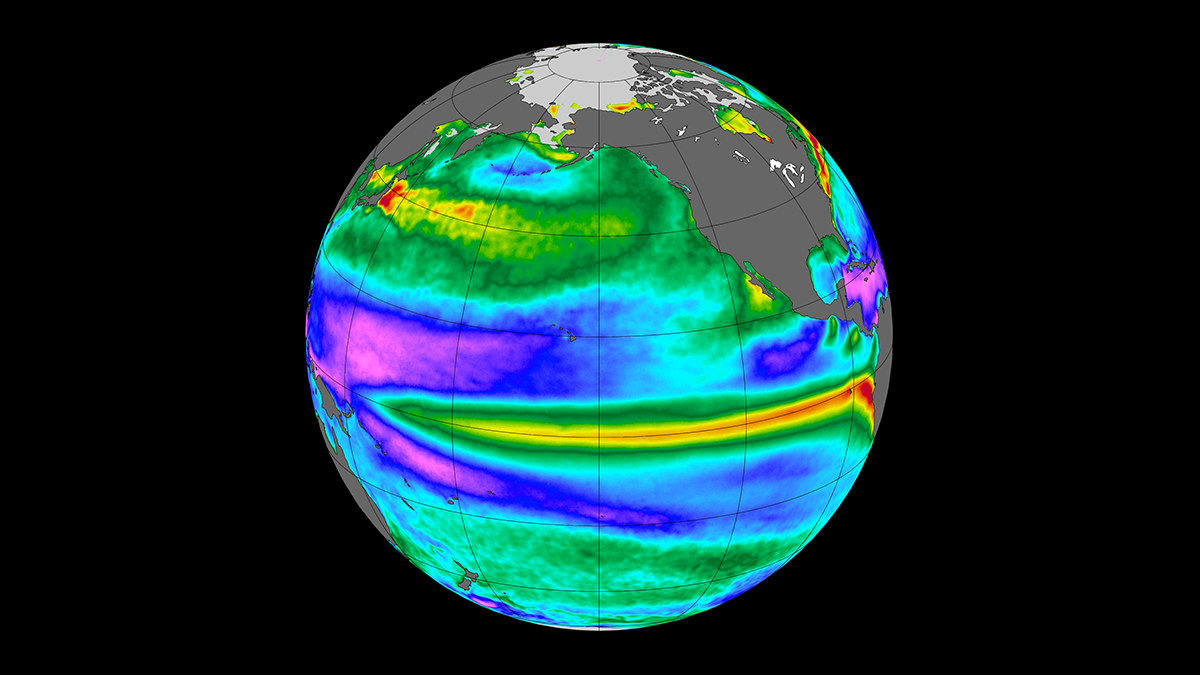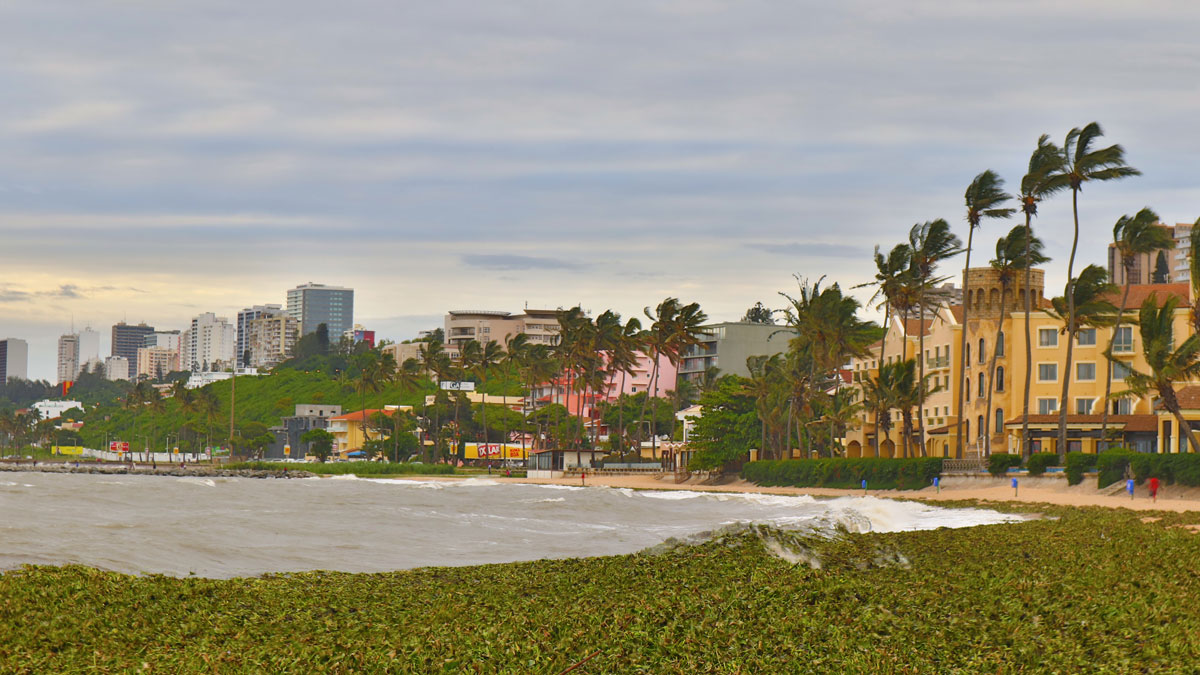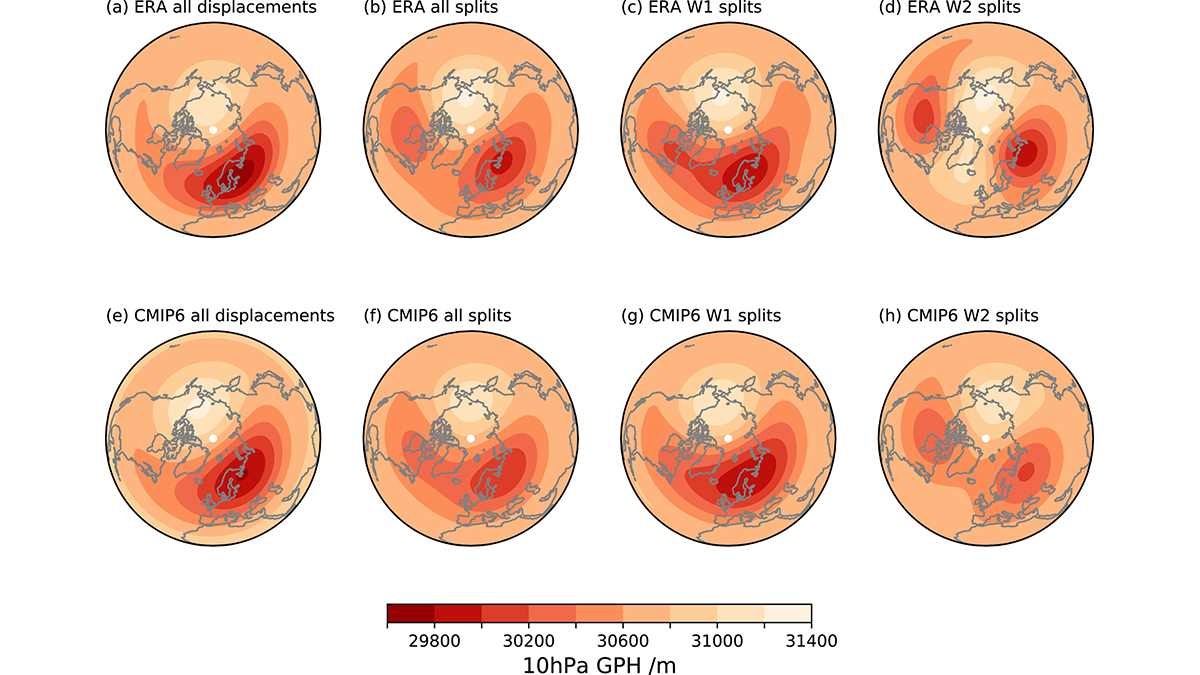Data scarcity of traditional observations cannot reveal whether surface temperature capture the potential for urban heat stress. This study improves the dataset with 40,000 citizen weather stations.
weather
Ocean Waves Cause Drag Coefficient Asymmetry Within Typhoons
Observations show that, due to ocean waves, the drag coefficients for surface wind stresses have spatial asymmetry within typhoons, which should be considered in weather and climate simulations.
Rain Makes Skulls Bigger—in Mice
New research shows how regional weather, shaped by towering mountain ranges, might influence the size and shape of local rodents.
Vegetation Carries the Signature of Recent Precipitation
Vegetation response to precipitation is important for near-term weather predictability, and researchers show that such a response can occur within a few days and last up to two months.
Chasing Fire Tornadoes for Science
Recent research suggests fire-generated vortices are always present during wildfires.
Advanced Real-Time Prediction of Storms With 30-Second Refresh
A new-generation weather radar and a massive supercomputing system enables forecasts of storms refreshed every 30 seconds, a significant development in severe weather prediction.
Spatial Scale Shapes the Ocean and Atmosphere’s Influence on the Climate
Researchers measured the processes driving heat exchange between the Pacific Ocean and the atmosphere.
Machine Learning Emulation of Atmospheric Radiative Transfer
Using machine learning to represent sub-grid processes in weather and climate models holds promise, but also faces challenges. Incorporating physical knowledge can help.
Severe Storms Expose Ill-Equipped Weather Stations in Southeast Africa
The lack of infrastructure is preventing scientists from robustly reporting meteorological information as well as communicating warnings about hazard-prone areas.
Simulating Surface Impacts of Stratospheric Sudden Warmings
New evaluations of climate model simulations show how the stratosphere polar vortex couples to surface weather.

